Somerton Man mystery solved as Adelaide uni researcher identifies body on beach after 74 years
After more than 70 years and countless theories, the identity of the enigmatic Somerton Man can be revealed. Here’s how the mystery was solved.
SA News
Don't miss out on the headlines from SA News. Followed categories will be added to My News.
One of Australia’s most baffling and infamous mysteries has been solved, a University of Adelaide professor says.
Professor Derek Abbott says he has identified the Somerton Man, whose identity has been a mystery since his body was found on Somerton Beach on December 1, 1948.
Prof Abbott, who shares the credit with Colleen Fitzpatrick from Identifinders International, says the mystery man was Melbourne resident Carl “Charles” Webb.
He said Webb was born on November 16, 1905, in Footscray, Victoria, to Richard August Webb and Eliza Amelia Morris Grace. He worked as an electrical engineer and instrument maker.
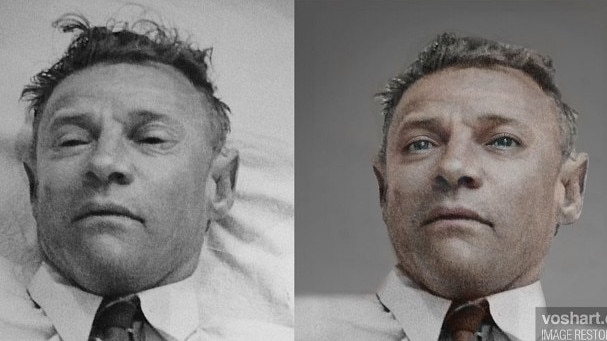
Prof Abbott told The Advertiser on Tuesday night that in 2011 he was given access to 50 hairs found embedded in the Somerton Man’s plaster death mask.
Prof Abbott said it was a relief to finally know the truth.
“I feel elated and exhausted all at the same time,” he said. “It was a big marathon.”
Prof Abbott said he would now continue to work with police and the coroner to solve other elements of the mystery, including why Webb was in Adelaide and what was meant by a baffling code found in a book of Persian poems linked to the Somerton Man.
Adding to the depth of the enigma was a scrap of paper found tucked into the man’s pocket with the printed words “Tamam Shud”, meaning “finished” in Persian.
Police later found the book of Persian poetry it had been torn from – and the book contained a phone number and a strange code that has intrigued and baffled cipher experts for decades.

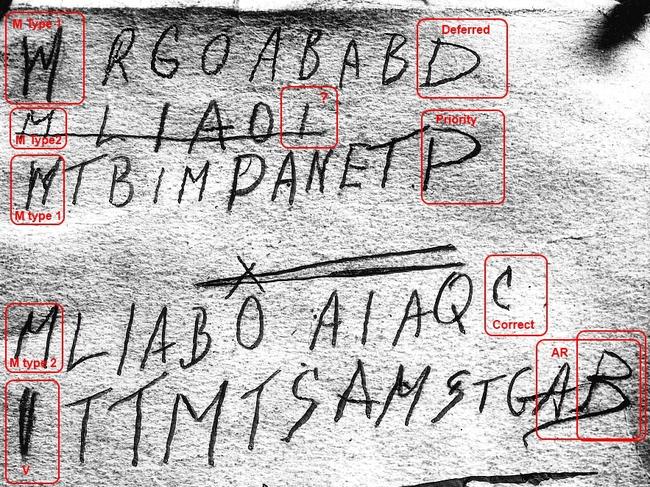
“We’ve had the man’s name on our radar since March but weren’t able to prove it and so it all fell into place this last Saturday when we got the final proof we were looking for,” he said.
“That’s why we’ll still keep collecting more and more triangulation points so that … the coroner, if he wants to play devil’s advocate, it’ll just be incontrovertible.”
He said SA Police had also been informed of the new information.
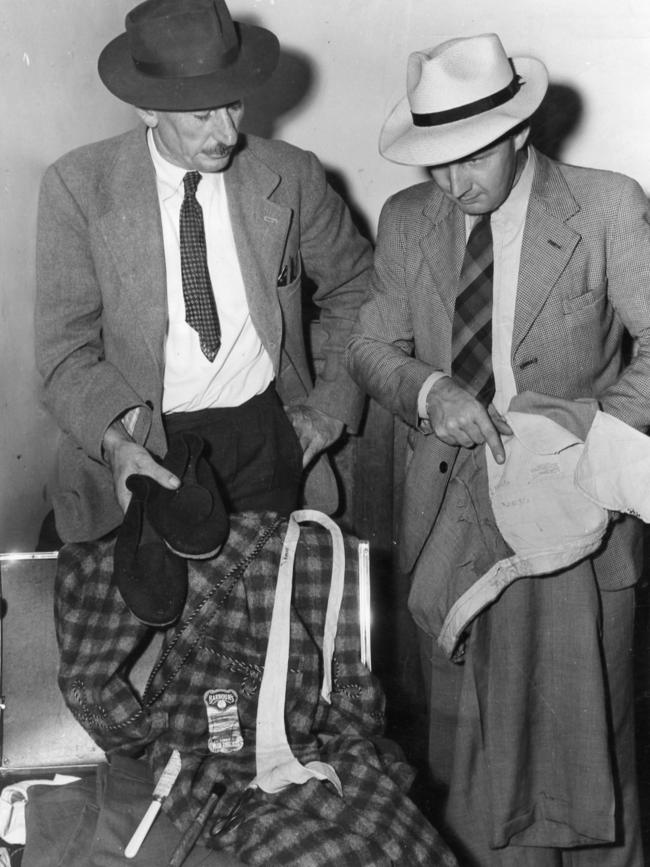

Dr Fitzpatrick, who has a doctorate in nuclear physics from Duke University, began working with Prof Abbott seven years ago.
“I had read about the mystery … and then in 2015 I was down in Australia for a genealogy conference … and I actually met up with him,” Dr Fitzpatrick said.
“It’s exciting, you’re sitting on the news for a while and you can’t stand it anymore and finally you let it loose and you can kick back and answer questions with a big smile on your face and the satisfaction of what you’ve just accomplished.”
Dr Fitzpatrick said American aspects of the case, like the tie and chewing gum found with the Somerton Man, intrigued her.
“We worked on that and … we just developed a relationship over the years,” she said.
She said she was relieved that Webb can finally be identified as the mystery man.
“He was a prominent candidate because there was no date of death, because he was associated with the Keanes, there was a lot of stuff there but then we decided we really needed a second relative to test to confirm and we got that two days ago,” she said.
The Somerton Man’s suitcase was found at the Adelaide train station shortly after his death with several mentions of the word “Keane”.
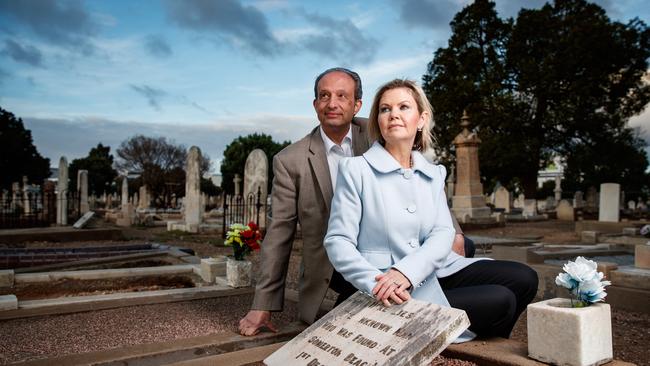
Through their work, Dr Fitzpatrick and Prof Abbott were able to trace the name back to Webb’s sister, who was married to a man named Thomas Keane.
“He probably stayed with them for a while,” Dr Fitzpatrick said.
She said she tracked down a descendant of Thomas Keane, who she thought may have been the Somerton Man because of the references to the name “Keane” in his suitcase, but soon realised the connection was to Webb’s sister – whom Keane married.
“As it turned out, the young man connected Thomas Keane with his wife,” she said.
“It turned out the real connection to the Somerton Man was the wife … but knowing Thomas Keane that led us to Carl, or ‘Charles’.”
Dr Fitzpatrick and Prof Abbott believed Webb may have been relocating to South Australia to rekindle his relationship.
“The last we know his wife and him had some marital problems,” she said.
“And the last we know about him, is April 1947.
“His wife and him separated and after that we don’t know where he was. I suspect he may have been living with the Keanes or was in contact with the Keanes because that’s his sister … that would explain the clothes and the suitcase.”

Dr Fitzpatrick said there was still more to learn about the nearly 74-year-old mystery.
“We’re going to help solve the whole mystery – not only who he is but what happened,” she said.
“We have a couple of other DNA samples coming in that we haven’t received yet so that’s only going to confirm what we already have done.”
Prof Abbott said he hoped Webb’s descendants would now be able to find more missing pieces of the puzzle, but warned the full mysterious details could still take years to unwind.
“What I’m secretly hoping is that some member of the public … will go, ‘Oh, my uncle so-and-so knew somebody with that name’, goes in their garden shed and finds an old album or some old letters or anything and finds some more information about the guy,” Prof Abbott said.
“What I’m hoping is that the public will be engaged now and actually be able to unearth some more information on this guy.”
In 2012, researchers at the University of Adelaide first extracted DNA from the Somerton Man’s hair, identifying part of his genetics.
In 2018, the university narrowed down the genetics it had discovered to a more specific haplogroup, or group of branches on a genetic family tree.
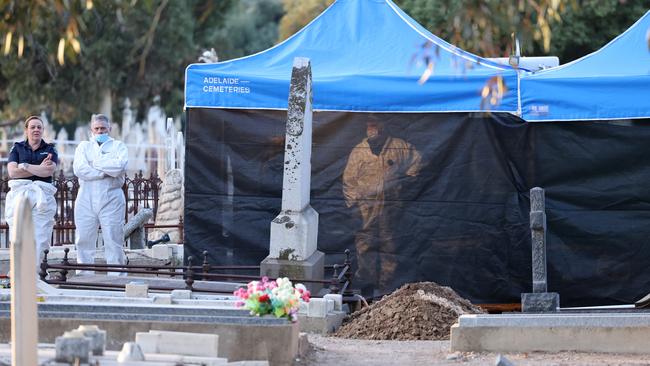
This year, Prof Abbott and Dr Fitzpatrick were able to use a process of genetic genealogy to build out a family tree containing over 4000 people.
Webb was found in March 2022 as a person with no death record.
Prof Abbott said on July 23 the final pieces of DNA proof were found to conclusively identify Webb as the Somerton Man. He put the likelihood Webb is the Somerton Man at 99.99 per cent – saying the only sliver of doubt about his identity would require a very unlikely occurrence, such as an unknown brother of Webb who had been adopted out at birth.
The Somerton Man case has become one of Australia and the world’s most enduring unsolved mysteries after the body was found propped up on a seawall at Somerton Beach.
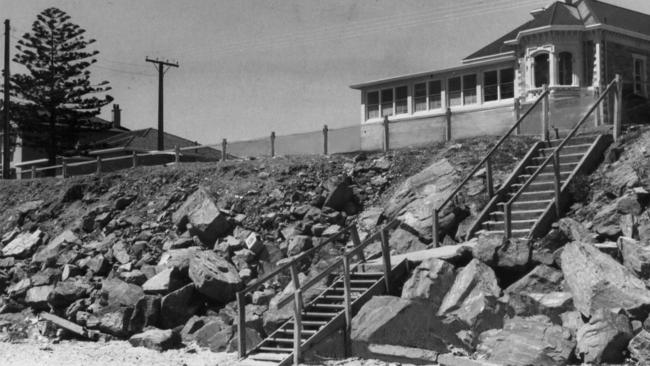
The Somerton Man’s remains were exhumed from Adelaide’s West Tce Cemetery in May 2021 in a new bid to identify him using new DNA technologies.
No updates from SA Police have been provided since the exhumation more than a year ago.
Police, amateur sleuths, researchers and the like have concocted ideas of the term’s meaning but it remains unsolved.
Prof Abbott has been an expert in the case since 2007 and said last month that dozens of emailed theories of the code have fallen into his inbox.
“Since I started working on this which I think is 2007, over 50 people have emailed me with various solutions and they’re all completely different, and all very ad hoc,” Prof Abbott said.
“If you were to lock all these 50 people in a big room they probably won’t all agree with each other.”




